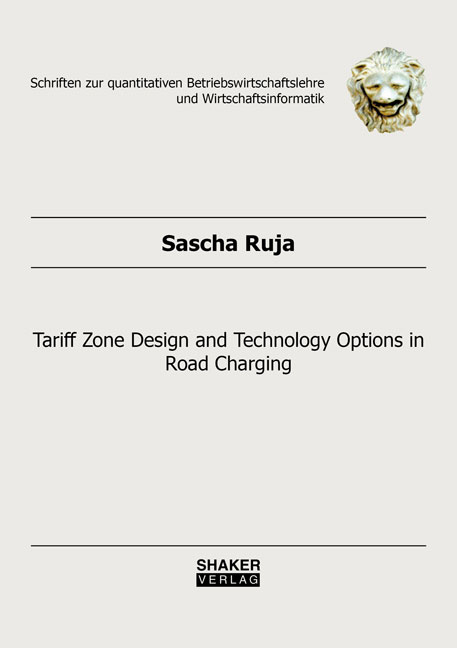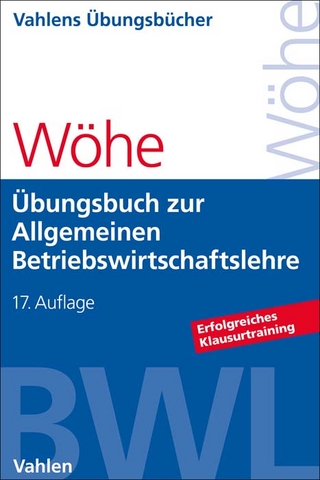
Tariff Zone Design and Technology Options in Road Charging
Seiten
2020
Shaker (Verlag)
978-3-8440-7446-8 (ISBN)
Shaker (Verlag)
978-3-8440-7446-8 (ISBN)
New developments in road charging policy and advances in electronic toll collection technologies have become an effective measure for raising revenues and managing road traffic demand. In today’s practice, different types of technologies such as automatic license plate recognition (ALPR), dedicated short-range communication (DSRC) and global navigation satellite system (GNSS) are used which allow toll chargers to apply various types of road charging design schemes. The literature in road charging design is vast. However, the costs to build, operate and maintain an electronic toll system are usually ignored, although the type of technology has a major implication on the economic appraisal of a charging scheme. Therefore, a cost model for electronic toll collection systems is proposed to analyse the cost impact of the main technologies.
Furthermore, a new approach for designing multiple tariff zones is presented that maximizes net revenue and minimizes traffic demand, while considering the different technologies and their costs. A mixed integer linear program (MILP) model is applied that allows a closed form of multiple charging zones. To demonstrate the applicability of the model to real world cases, data from the city of San Francisco is taken, using GAMS / CPLEX. An initial analysis was conducted to assess the outcome related to changes to the key assumptions. In particular, changes to the zone level and operating cost of a charging system present remarkable trade-offs between the number and location of tariff zones and the objective function value.
Furthermore, a new approach for designing multiple tariff zones is presented that maximizes net revenue and minimizes traffic demand, while considering the different technologies and their costs. A mixed integer linear program (MILP) model is applied that allows a closed form of multiple charging zones. To demonstrate the applicability of the model to real world cases, data from the city of San Francisco is taken, using GAMS / CPLEX. An initial analysis was conducted to assess the outcome related to changes to the key assumptions. In particular, changes to the zone level and operating cost of a charging system present remarkable trade-offs between the number and location of tariff zones and the objective function value.
| Erscheinungsdatum | 13.07.2020 |
|---|---|
| Reihe/Serie | Schriften zur quantitativen Beriebswirtschaftslehre und Wirtschaftsinformatik |
| Verlagsort | Düren |
| Sprache | englisch |
| Maße | 148 x 210 mm |
| Gewicht | 291 g |
| Themenwelt | Wirtschaft ► Betriebswirtschaft / Management ► Allgemeines / Lexika |
| Schlagworte | Road charging • Road Pricing • Toll technology • Zone-based charging |
| ISBN-10 | 3-8440-7446-5 / 3844074465 |
| ISBN-13 | 978-3-8440-7446-8 / 9783844074468 |
| Zustand | Neuware |
| Haben Sie eine Frage zum Produkt? |
Mehr entdecken
aus dem Bereich
aus dem Bereich
Buch | Hardcover (2023)
Vahlen (Verlag)
34,90 €
umfassende Einführung aus managementorientierter Sicht
Buch | Hardcover (2023)
Springer Gabler (Verlag)
59,99 €


